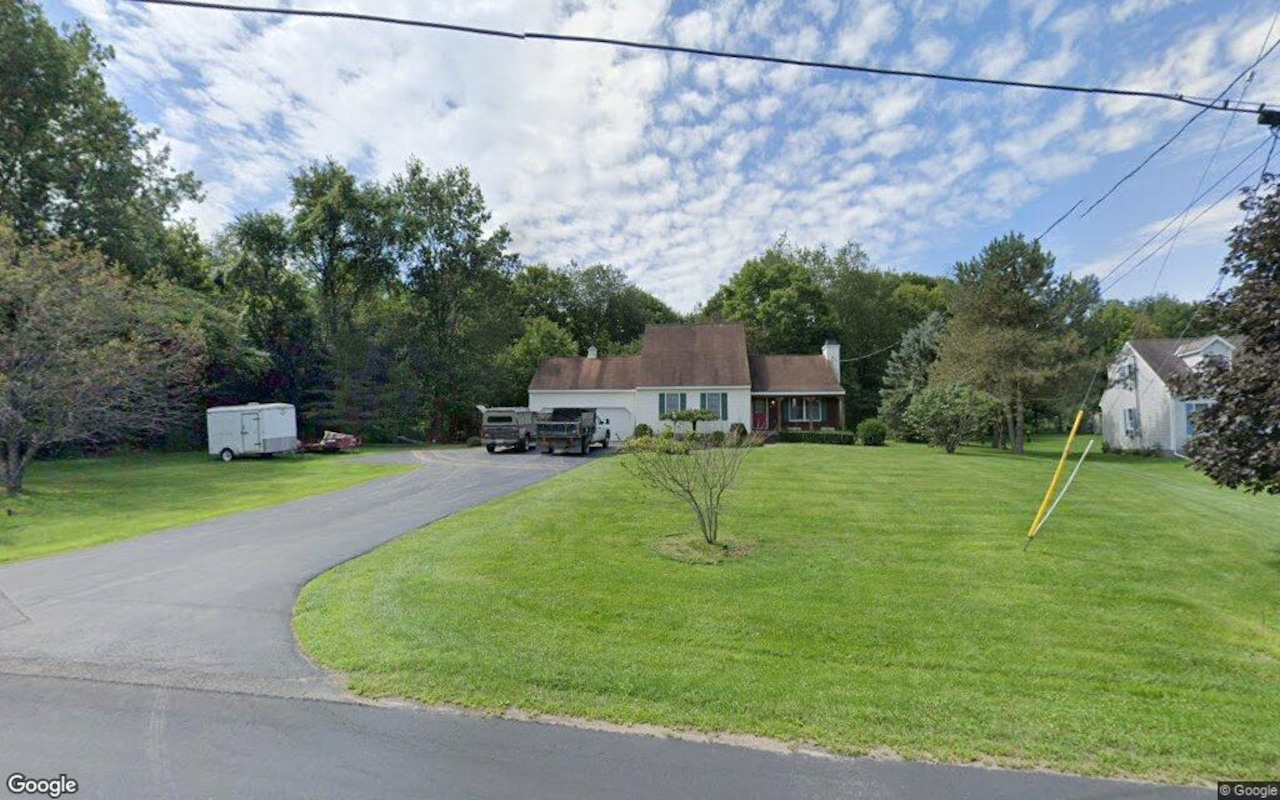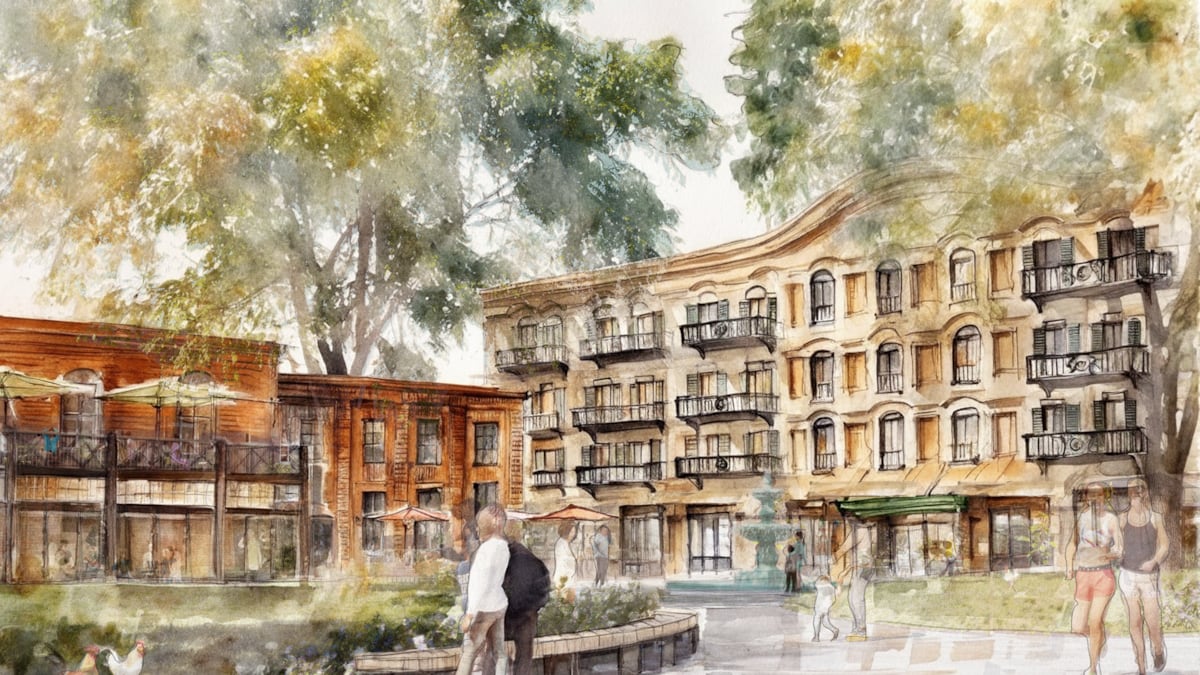T
he US housing market is experiencing a significant shift, with small investors taking the lead in single-family home purchases. Despite high mortgage rates and rising home prices, these smaller players are snapping up discounted inventory while larger institutional buyers and traditional homeowners wait on the sidelines.
According to Cotality's data, small investors – those owning fewer than 100 homes – now account for around 25% of single-family home purchases, with large investors making up just 5%. This shift is partly due to the scaling back of institutional giants like Blackstone and Starwood Capital, who are retreating from the market due to rising costs and regulatory pressure.
Smaller investors, on the other hand, are finding opportunities in a sluggish market. They're negotiating price cuts, closing quickly, and often paying in cash, making them attractive buyers. These players are targeting homes around $250,000, investing modestly in renovations, and charging market-rate rents while betting on future appreciation.
Builders, facing a backlog of unsold inventory, are sweetening the deal by lowering prices. In July, 38% of homebuilders said they had reduced prices – the highest percentage since 2022 – according to the National Association of Home Builders. This has created an attractive environment for small investors, who can take on risks that big firms can't stomach.
Without pressure from institutional backers or pension funds, these nimble investors can move quickly and offer all-cash deals, closing within weeks. The buyer pool is also diversifying, with new companies entering the market, including those previously focused on office or multifamily properties. As Bruce McNeilage notes, "it seems like every week" a new company is getting into the single-family investment market.













